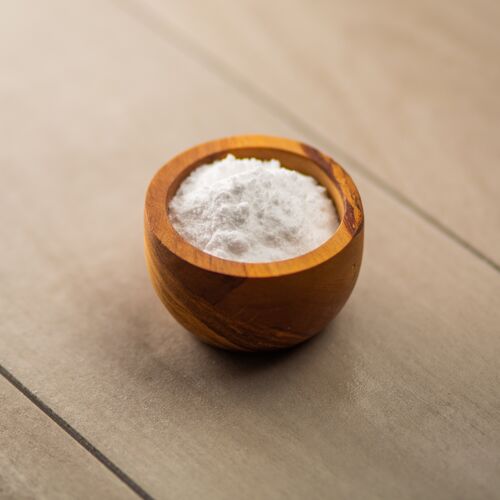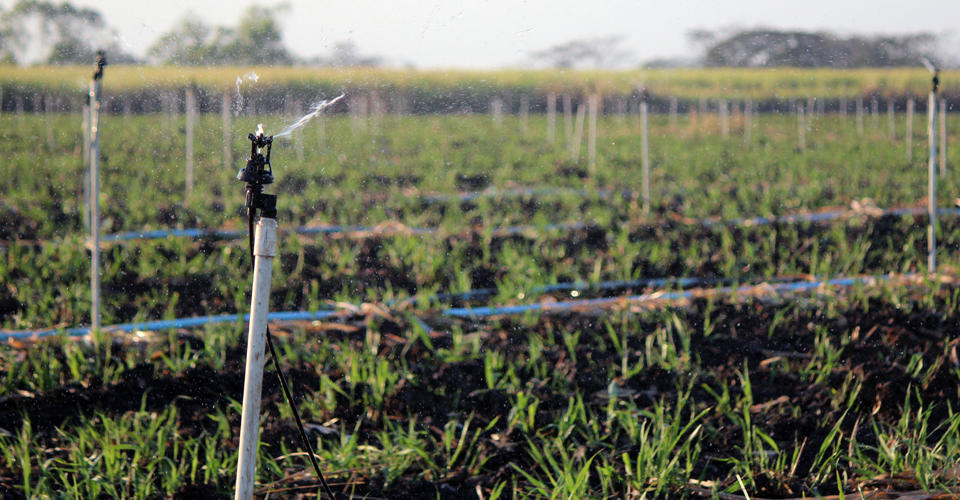From Sugarcane Product to Biofuels: The Diverse Uses of Sugarcane
From Sugarcane Product to Biofuels: The Diverse Uses of Sugarcane
Blog Article
The Journey of Sugarcane: From Harvest to Everyday Products
The trip of sugarcane is a multifaceted procedure that starts with thorough growing and finishes in a selection of products that penetrate our daily lives. As we check out the different elements of sugarcane's journey, its duty in sustainability and the wider implications for our environment come right into sharper focus.
Growing of Sugarcane
The cultivation of sugarcane is an essential agricultural process that calls for particular environmental problems and monitoring practices. Ideal development occurs in exotic and subtropical regions where temperature levels vary between 20 ° C and 32 ° C. Adequate rains or watering is essential, as sugarcane thrives in moist dirt with well-drained conditions (sugarcane product). Dirt top quality considerably influences return; hence, farmers usually perform dirt tests to establish nutrient requirements
Growing generally takes place in rows, utilizing stem cuttings referred to as setts, which are planted horizontally. This approach assists in reliable harvesting and takes full advantage of sunlight direct exposure. Crop turning and intercropping are suggested practices to enhance soil fertility and lower parasite infestations. Farmers employ incorporated pest monitoring techniques to decrease chemical inputs while making sure healthy crop development.
Prompt application of these fertilizers can substantially boost sugar returns. On the whole, effective sugarcane cultivation pivots on a mix of environmental stewardship, critical preparation, and ongoing monitoring techniques.
Harvesting Techniques
Effective sugarcane cultivation finishes in the harvesting phase, which is crucial for maximizing yield and ensuring top quality. The timing of the harvest is vital; sugarcane is generally harvested when sucrose levels height, usually between 10 to 18 months after planting. This duration varies based on climate, soil type, and sugarcane variety.
Harvesting strategies can be extensively classified right into guidebook and mechanical methods. Hand-operated harvesting is labor-intensive, depending on skilled workers who use machetes to cut the stalks close to the ground. This technique permits selective harvesting, where just the ripest walking canes are chosen, therefore improving general sugar material.
Conversely, mechanical harvesting has gained appeal because of its efficiency and cost-effectiveness. Specialized harvesters geared up with cutting knives and conveyor systems can refine big locations swiftly, substantially decreasing labor expenses. Nevertheless, this technique might cause the incorporation of premature walking canes and a potential reduction in sugar high quality.

No matter the approach used, making certain that gathered walking canes are transferred quickly to processing centers is essential. Prompt dealing with decreases putridity and preserves the stability of the sugarcane, establishing the phase for optimum processing.
Handling Approaches
Processing sugarcane entails a number of vital steps that change the collected stalks right into usable items, largely sugar and molasses. The preliminary stage is washing the walking cane to get rid of soil and particles, complied with by the extraction of juice via squashing or milling. This process commonly employs hefty rollers that break the walking stick fibers to release the sweet fluid included within.
As soon as the juice is drawn out, it undergoes clarification, where impurities such as dirt bits and bagasse are eliminated. This is usually accomplished by more helpful hints adding lime and warming the juice, allowing sedimentation. The cleared up juice is then focused with dissipation, where water material is lowered, resulting in a thick syrup.

Inevitably, the handling of sugarcane not only generates sugar and molasses however likewise prepares for different derivatives, which will be explored in subsequent discussions.
Products Derived From Sugarcane
Sugarcane is a versatile plant that generates a broad variety of products past just sugar and molasses. Among the primary by-products are ethanol and biofuels, which have gained prestige as sustainable power sources. Ethanol, generated with the fermentation of sugarcane juice, works as an alternative to fossil gas and is typically blended with gas to create cleaner-burning gas, decreasing greenhouse gas discharges.
In addition, sugarcane is a substantial resource of bagasse, the fibrous deposit remaining after juice extraction. Bagasse is used in different applications, including the manufacturing of paper, naturally degradable packaging, and as a biomass gas for energy generation. Its usage not just lowers waste yet additionally improves the sustainability of sugarcane processing.
Moreover, sugarcane-derived products reach the food sector, where it functions as an all-natural flavor representative and sweetener in various cooking applications. In the realm of cosmetics, sugarcane removes are included right into skincare products because of their all-natural exfoliating properties.
Environmental Impact and Sustainability
The farming and processing of sugarcane have substantial ramifications for environmental sustainability. This plant calls for considerable water sources, usually leading to exhaustion of local water supplies and impacting surrounding environments. Additionally, using plant foods and pesticides in sugarcane farming can lead to dirt degradation and waterway air pollution, posing threats to biodiversity.

Sustainable sugarcane farming also promotes soil wellness via plant turning and lowered tillage, improving carbon sequestration. The adoption of these practices not only supports environmental honesty yet additionally enhances the strength of farming neighborhoods against environment change.
Conclusion
In summary, the trip of sugarcane encompasses numerous phases from farming to processing, eventually resulting in a large selection of items. The value of sugarcane prolongs past mere sugar, adding to renewable resource with ethanol manufacturing, lasting packaging using bagasse, and all-natural removes for cosmetics. This multifaceted crop plays a critical function in why not find out more both dietary enrichment and ecological sustainability, highlighting its value in contemporary farming and industrial methods.
Successful sugarcane farming finishes in the collecting stage, which is crucial for making best use of return and making certain top quality. The timing of the harvest is vital; sugarcane is commonly collected when sucrose degrees height, typically in between 10 to 18 navigate here months after growing.Handling sugarcane involves several crucial actions that change the harvested stalks right into functional items, largely sugar and molasses.Sugarcane is a versatile crop that yields a vast variety of products beyond just sugar and molasses. Furthermore, the use of plant foods and pesticides in sugarcane farming can result in dirt destruction and river air pollution, presenting threats to biodiversity.
Report this page